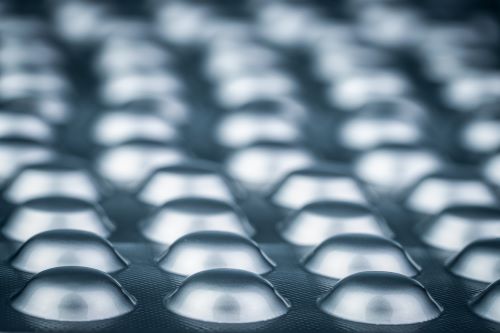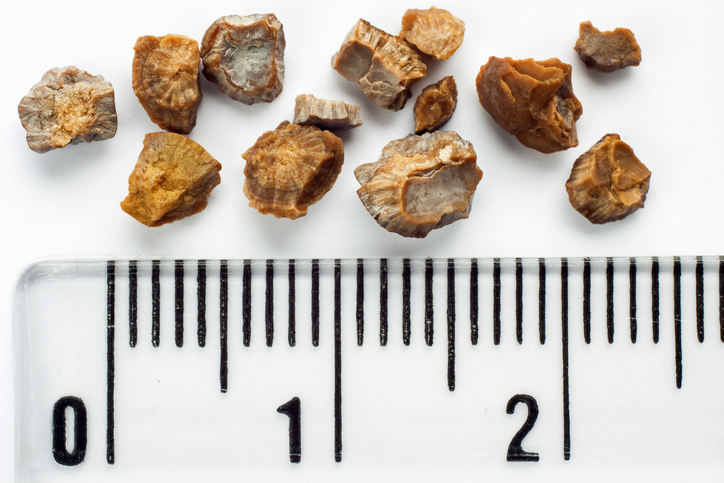
Urate-lowering therapy (ULT) is the cornerstone of gout treatment, but adherence to the common first-line ULT allopurinol is poor. Although research has examined factors related to low adherence, a lack of clarity remains, particularly regarding psychosocial factors.
To address this knowledge gap, Kevin R. Riggs, MD, MPH, and colleagues conducted a study to identify factors associated with high allopurinol adherence. To do so, they gleaned data from the Medical Expenditure Panel Survey, a nationwide longitudinal survey on healthcare expenditures and utilization, from 2018 to 2021.
The researchers calculated the medication possession ratio (MPR) for allopurinol among patients with gout. Based on the MPRs, they categorized participants as follows: no allopurinol fills, low adherence (MPR ≤0.8) to allopurinol, or high adherence (MPR >0.8) to allopurinol.
The team then used multivariable logistic regression to determine which factors were associated with high allopurinol adherence. They used person-years as the unit of measure and accounted for clustering for participants who contributed more than 1 person-year. Data for 919 individuals (1,453 person-years), which represented a weighted total of 15,084,439 person-years, were included in the analysis.
The percentages of each MPR across all years were as follows: no allopurinol fills, 27.4%; low adherence, 37.4%; and high adherence, 35.2%. Multivariable models for high adherence showed that Black race had a negative association with high adherence (odds ratio [OR], 0.49; 95% CI, 0.33-0.73) compared with White race. Living in the US South was also negatively associated with high adherence (OR, 0.54; 95% CI, 0.35–0.82) compared with residence in the Northeast.
In response to their finding that Black race and residency in the South were associated with lower allopurinol adherence among patients with gout, the investigators noted that “Interventions to improve adherence, particularly among Black patients in the South, are needed to maximize the potential benefits of allopurinol.”
Source: Journal of Clinical Rheumatology







 © 2025 Mashup Media, LLC, a Formedics Property. All Rights Reserved.
© 2025 Mashup Media, LLC, a Formedics Property. All Rights Reserved.